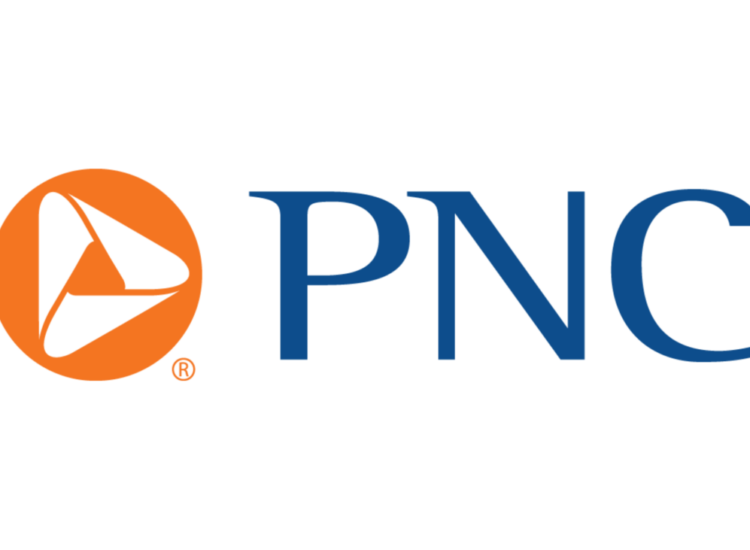In today’s fast-paced digital landscape, small business owners are constantly searching for tools that can help them manage customer relationships, streamline operations, and drive growth. Enter Google CRM, a robust and user-friendly solution designed to meet the unique needs of small businesses. In this article, we will explore the key features, benefits, and real-world applications of Google CRM, as well as provide expert insights and user testimonials to illustrate its impact.
Toc
Introduction of Google CRM
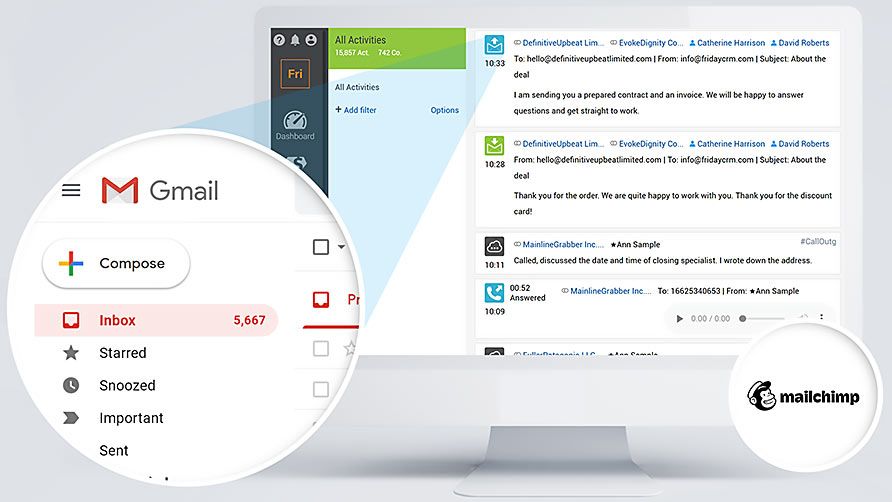
Google CRM, also known as Google Customer Relationship Management, is a cloud-based software solution offered by Google to help businesses manage their customer interactions and relationships. It is designed to be user-friendly, cost-effective, and scalable for small businesses of all sizes and industries. This powerful tool integrates with other Google products such as Gmail, Calendar, Drive, and Analytics, providing a seamless experience for businesses already using these popular tools.
What are the roles of CRM in today business
Customer Relationship Management (CRM) systems play a pivotal role in today’s business environment by helping organizations better understand and manage their interactions with current and prospective customers. A well-implemented CRM can streamline communications, enhance customer service, and provide valuable insights that inform strategic decisions. For small businesses in particular, a CRM can be a differentiator that fosters personalized customer experiences, builds customer loyalty, and drives sales growth.
Benefits of Using Google CRM
Small businesses that adopt Google CRM can expect several significant benefits, including:
- Improved Customer Relations: By having all customer interactions and data in one place, businesses can deliver more personalized and effective service.
- Increased Efficiency: Automation and integration with other business tools reduce manual workload and improve operational efficiency.
- Enhanced Sales Performance: Real-time tracking and reporting help businesses identify trends and opportunities for growth.
- Scalability: As your business grows, Google CRM can scale with you, providing the tools and support needed to manage larger volumes of customer data.
By leveraging these features and benefits, small businesses can position themselves for sustained growth and success.
Key Features of Google CRM
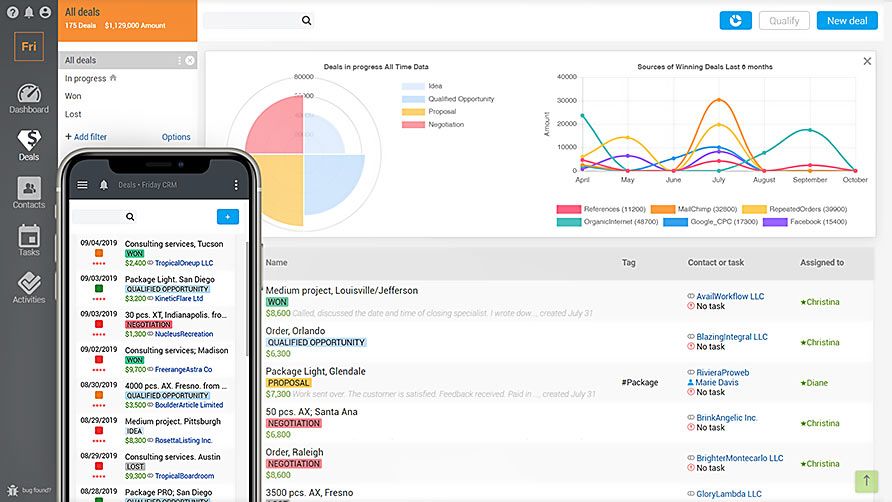
Google CRM offers a comprehensive set of features designed to meet the specific needs of small businesses. Some of its key features include:
User-Friendly Interface
The user-friendly interface of Google CRM ensures that small business owners and their teams can quickly adapt to the software without the need for extensive training. The intuitive design simplifies navigation, allowing users to manage customer interactions effortlessly.
Integration with Google Workspace
One of the standout features of Google CRM is its seamless integration with Google Workspace. This integration ensures that all your essential business tools, such as Gmail, Calendar, Drive, and Analytics, work together harmoniously. For instance, users can access CRM data directly from their Gmail inbox, schedule follow-up meetings using Calendar, store important documents in Drive, and analyze customer interactions through Analytics—all within the same ecosystem.
Customizable Dashboards and Reports
Google CRM provides customizable dashboards and reporting tools that allow businesses to monitor key performance indicators (KPIs) and generate detailed reports. This customization capability ensures that users can track metrics that are most relevant to their business processes, helping them make data-driven decisions.
Automated Workflows
To further enhance efficiency, Google CRM offers automated workflows that eliminate repetitive tasks. Whether it’s sending follow-up emails, updating customer records, or assigning tasks to team members, automation ensures that critical tasks are completed promptly without the need for manual intervention.
Mobile Accessibility
In today’s mobile-centric world, having access to your CRM system on the go is crucial. Google CRM’s mobile app allows users to stay connected and manage customer relationships from anywhere, enabling real-time updates and interaction.
Data Security and Privacy
Google CRM places a high priority on data security and privacy. With robust encryption, secure access controls, and regular security updates, businesses can have peace of mind knowing that their customer data is protected against unauthorized access and breaches.
Comparison between Google CRM to other Competitors
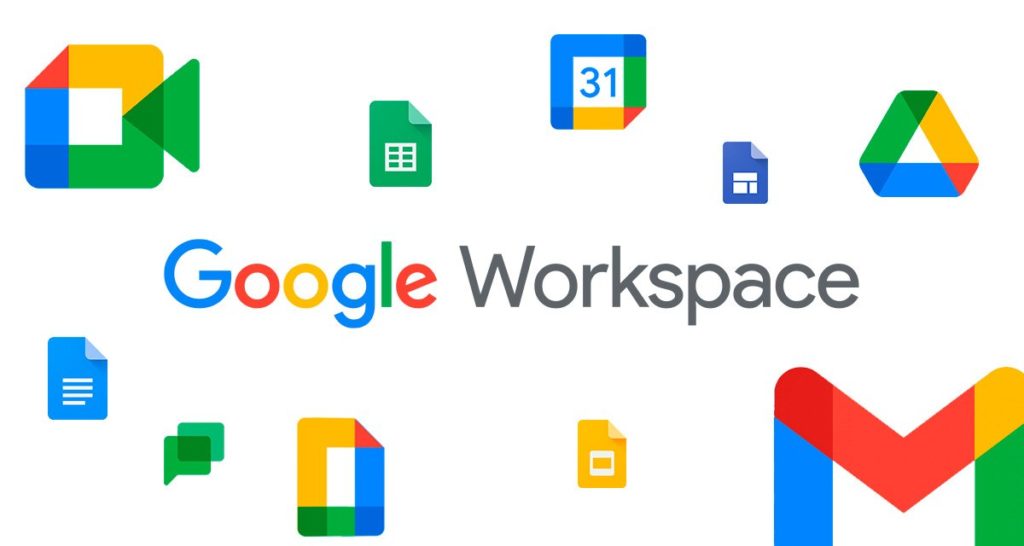
While there are various CRM options available in the market, Google CRM stands out for its seamless integration with other popular Google products and its user-friendly interface. Additionally, its cost-effective pricing and scalability make it an attractive option for small businesses.
Google CRM vs. Salesforce:
- Google CRM offers a more affordable pricing structure compared to Salesforce, making it a better fit for small businesses.
- Unlike Salesforce, which requires extensive training and technical skills, Google CRM’s user-friendly interface allows for quick adoption and usage.
- The integration with Google Workspace makes Google CRM a one-stop-shop for managing customer interactions, whereas Salesforce may require additional tools or integrations.
Overall, while Salesforce may offer a broader range of features and customization options, Google CRM provides an easier-to-use and cost-effective solution for small businesses.
Google CRM vs. Zoho:
- Similar to Google CRM, Zoho also offers a user-friendly interface and affordable pricing plans.
- Both platforms have seamless integration with other popular business tools, though Zoho may offer more integrations overall.
- Zoho offers advanced features such as inventory management and invoicing, making it a better fit for businesses with more complex needs. On the other hand, Google CRM’s strength lies in its integration with Google Workspace and AI-powered insights.
Google CRM vs. HubSpot:
- HubSpot offers a free version of its CRM, making it an attractive option for small businesses on a tight budget.
- Google CRM’s integration with Google Workspace sets it apart from HubSpot, which does not have this capability.
- Both platforms offer advanced features such as marketing automation and customer service tools, making them suitable for businesses looking for an all-in-one solution. However, Google CRM may be a better fit for those already using other Google products in their daily operations.
Getting Started with Google CRM
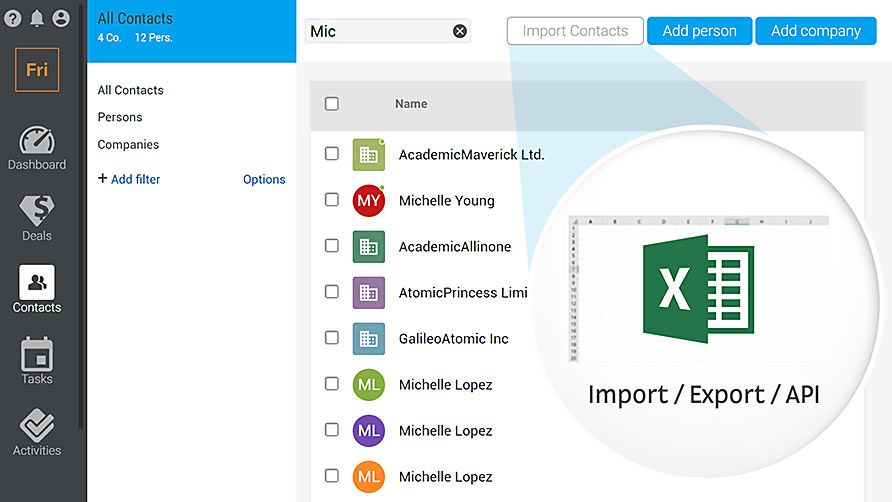
Setting Up Your Google CRM Account
Setting up your Google CRM account is a straightforward process that can be completed in a few easy steps. To get started, visit the Google CRM website and sign up using your existing Google account. Once you’re signed in, you’ll be guided through an initial setup process where you’ll configure your CRM settings, including adding team members, setting up user roles and permissions, and customizing your dashboard to align with your business needs.
Importing Your Data
After setting up your account, the next crucial step is importing your existing customer data into Google CRM. This can be done by uploading CSV files or syncing data from other platforms via available integrations. The CRM’s data import tool is designed to be intuitive, ensuring that your transition to Google CRM is as seamless as possible. Moreover, the system provides data validation checks to prevent errors and ensure accuracy during the import process.
Customizing Workflows and Automation
To maximize the efficiency of your operations, take advantage of Google CRM’s workflow customization and automation features. You can create custom workflows that match your business processes, setting up triggers and actions that automate repetitive tasks. For instance, you can automate the sending of welcome emails to new customers, schedule follow-ups, and assign tasks to team members based on predefined criteria. These automated actions not only save time but also ensure consistency in your customer interactions.
Training Your Team
Even though Google CRM is designed to be user-friendly, it’s beneficial to provide your team with some basic training to help them get acquainted with the platform. Google offers a range of training resources, including video tutorials, webinars, and comprehensive documentation. Additionally, consider setting up internal training sessions to address specific needs and questions your team might have. This will ensure that everyone is comfortable and proficient in using Google CRM to its full potential.
Measuring Success and Optimizing
Once your Google CRM is up and running, it’s essential to continuously monitor your KPIs and analyze the data provided by the CRM’s reporting tools. Use these insights to identify areas of improvement and optimize your processes accordingly. Regularly reviewing and refining your strategies will help you maintain high levels of efficiency and customer satisfaction.
By following these steps, you’ll be well-equipped to harness the full power of Google CRM, driving your business towards greater success and growth.
Real-World Applications and Success Stories
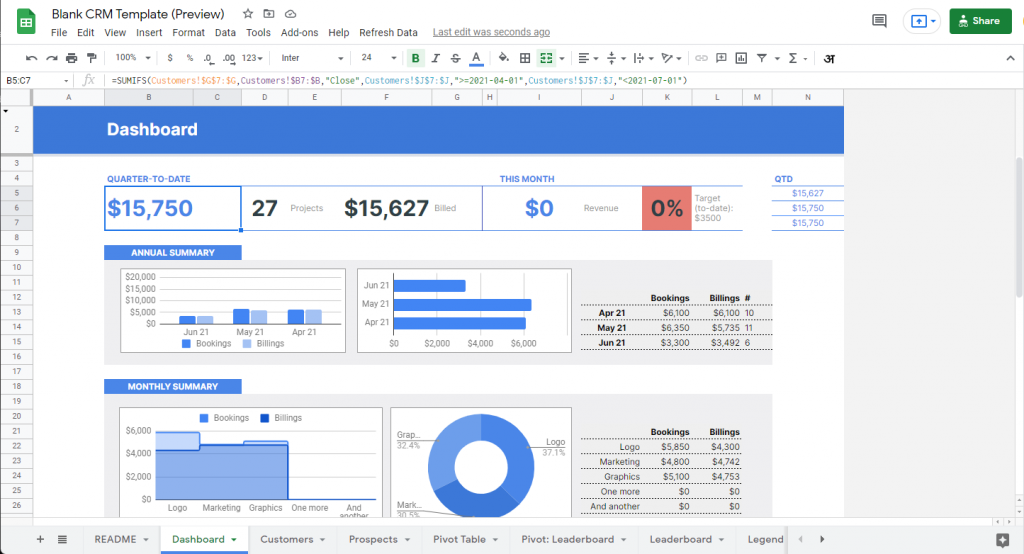
Case Study 1: E-Commerce Business
Background
An e-commerce business specializing in eco-friendly products faced challenges in managing customer relationships and streamlining their sales processes. The company, GreenEcoMart, had grown rapidly, and their existing CRM solution could no longer handle the increasing volume of customer data and interactions efficiently. They needed a new solution that could scale with their growth and integrate seamlessly with their existing tools.
Challenges
GreenEcoMart encountered several key challenges:
- Scalability: Their old CRM system could not manage the high volume of daily transactions and customer interactions.
- Integration: The lack of integration with their e-commerce platform and other business tools led to inefficiencies and manual workarounds.
- User adoption: The complicated interface of their old CRM system made it challenging for new team members to learn and use the platform effectively.
Solution
After evaluating various options, GreenEcoMart decided to switch to Google CRM. They were impressed by its seamless integration with Google Workspace, intuitive interface, and affordable pricing plans. With the help of Google’s customer support team, they successfully migrated all their data from their old CRM solution into Google CRM. They also customized workflows and automated repetitive tasks, saving time and resources.
Results
GreenEcoMart has seen significant improvements in their operations since implementing Google CRM:
- Efficiency: With automation and streamlined processes, they have significantly reduced the time spent on administrative tasks, freeing up more time to focus on growing their business.
- Integration: Integrating Google Workspace with Google CRM has improved cross-team collaboration and data sharing, leading to better decision-making.
- Scalability: The scalability of Google CRM has allowed GreenEcoMart to handle their ever-increasing volume of customer interactions without any hiccups.
Case Study 2: Service-Based Business
Background
A service-based business providing marketing consulting services struggled with managing client relationships and tracking project progress. The company, MarketBoost, operated with a small team and relied heavily on manual processes and spreadsheets, leading to inconsistencies and delays in their operations. They needed a solution that could automate routine tasks and provide real-time visibility into their projects.
Challenges
MarketBoost faced several challenges before implementing Google CRM:
- Manual Processes: Relying on manual processes led to errors and inefficiencies.
- Lack of Visibility: Without a centralized platform, it was difficult to track project progress and identify bottlenecks in real-time.
- Customer Insights: The lack of customer insights made it challenging to personalize client interactions and upsell services.
Solution
MarketBoost decided to switch to Google CRM after considering various options. The ease of integration with their existing G Suite tools, along with the robust project management features of Google CRM, made it an ideal solution for their business needs. With the help of Google’s customer support, they customized workflows and set up automated tasks tailored to their specific business processes.
Results
After implementing Google CRM, MarketBoost has seen significant improvements in their operations:
- Efficiency: Automated tasks and streamlined processes have saved them time and resources, allowing them to take on more clients without increasing their team size.
- Real-time Visibility: With real-time project tracking, they can identify and address any bottlenecks promptly, leading to improved project delivery times and client satisfaction.
- Personalization: Utilizing customer insights from Google CRM has allowed MarketBoost to personalize their interactions with clients, resulting in increased customer retention and upsells.
Conclusion
In conclusion, both GreenEcoMart and MarketBoost illustrate the transformative impact that Google CRM can have on different types of businesses. By providing scalable solutions, seamless integration with Google Workspace, and powerful automation tools, Google CRM has empowered these companies to overcome their challenges and achieve remarkable results. The efficiency improvements, enhanced collaboration, and real-time visibility into operations underscore the versatility and effectiveness of Google CRM across various industries. As more businesses seek to streamline their processes and improve customer relations, Google CRM continues to stand out as a robust and adaptable solution capable of driving substantial growth and success.
To ensure your business reaps the maximum benefits from Google CRM, it’s crucial to remain proactive in training, monitoring, and optimizing your CRM usage. By fostering a culture of continuous improvement and leveraging the full spectrum of Google CRM features, you can enhance your business’s productivity, customer satisfaction, and overall performance.





